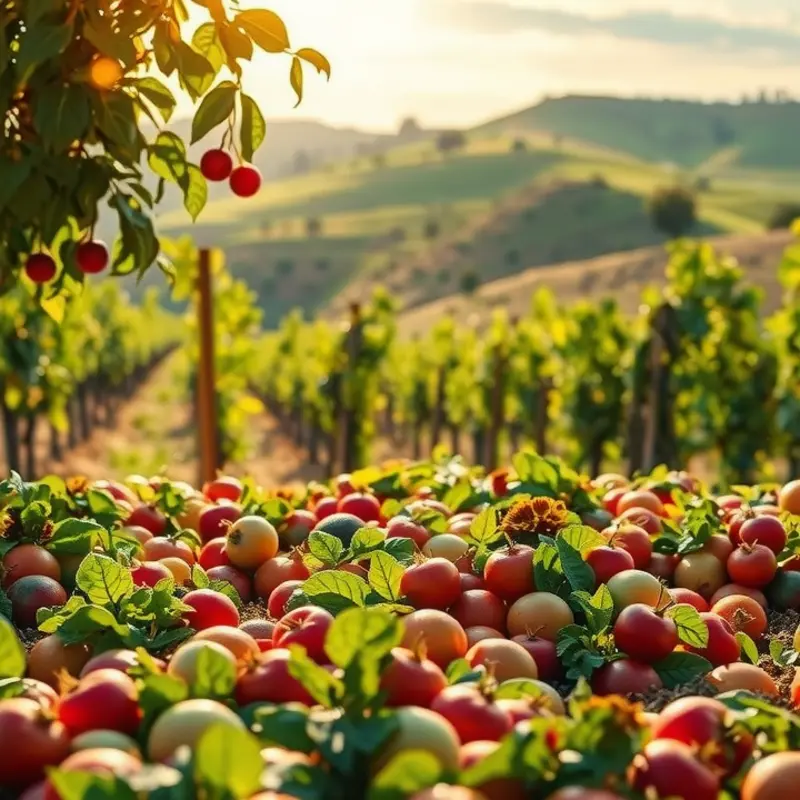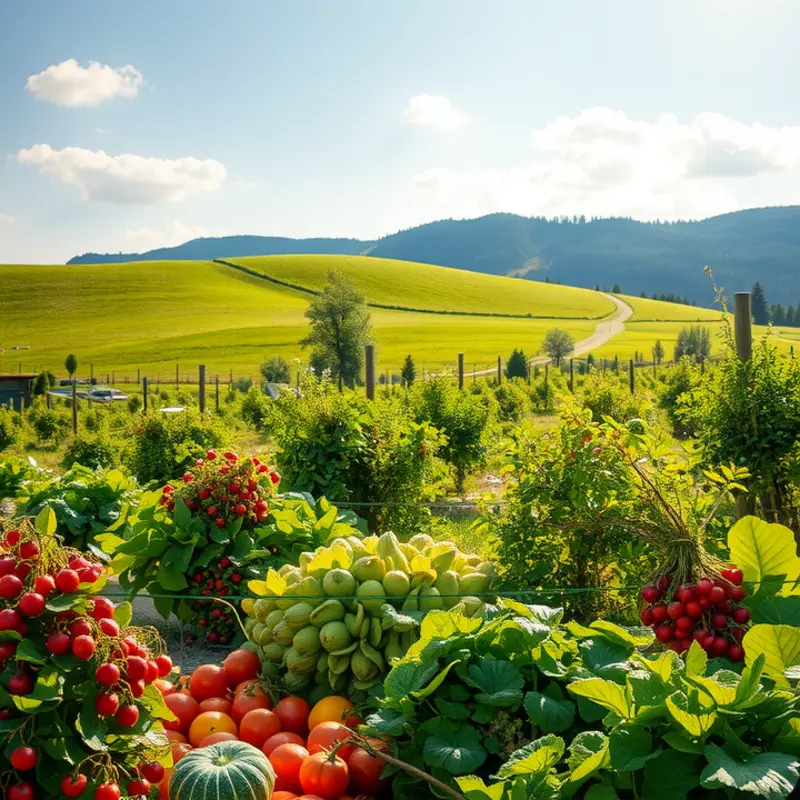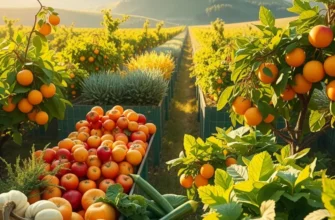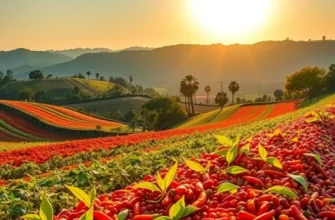Cold foods offer a unique perspective on the intricate tapestry of global cuisine. From refreshing salads to savory snacks, various cultures have their own delicious cold dishes that reflect their traditions and climates. Dive into the culinary world where the chill in the air is matched by the freshness on your plate, offering not just nourishment but a delightful window into the stories and practices from around the globe.
Refreshing Salads: A Global Affair

Salads have long served as a canvas for cultural expression, showcasing the vibrant ingredients and unique flavors of the world. From the bustling markets of Southeast Asia to the rolling hills of Tuscany, the art of crafting a salad varies with every region.
One might begin this global journey with the Vietnamese Gỏi, a testament to freshness and balance. This salad is a harmonious mix of crisp vegetables, succulent protein, and aromatic herbs like cilantro and mint. Often anchored by shredded cabbage or unripe papaya, Gỏi is dressed in a tangy mixture of lime juice, fish sauce, and chili. The result is a dish that awakens the palate with its complex interplay of flavors and textures.
Heading west, the Italian Panzanella offers a rustic yet refreshing experience. Originating as a way to use stale bread, Panzanella combines juicy tomatoes, cucumbers, and red onions with soaked bread pieces. Drizzled with olive oil and balsamic vinegar, this salad embodies both simplicity and richness. It’s an ode to seasonality, celebrating the ripeness of local produce in the height of summer.
In the Middle East, Fattoush provides another distinct twist. This Levantine salad is marked by the inclusion of fried or toasted pieces of khubz. A variety of greens, radishes, and tomatoes mingle with a dressing that often features sumac, imparting a subtle tartness. It showcases how regional spices can transform a simple dish into an extraordinary experience.
The Scandinavian approach to salads often highlights seafood, as seen in the classic Skagenröra. This creamy shrimp salad, flavored with dill and horseradish, is a refreshing reminder of the cold seas and hearty ingredients native to this region. Typically enjoyed atop a slice of rye bread, it’s a minimalist yet elegant composition that exemplifies Nordic flavors.
Incorporating freshness isn’t purely about ingredients; it’s about methodology too. Many cultures emphasize the need for minimal preparation, allowing the natural flavors to shine. Embracing such principles can inspire home cooks to explore minimal-prep salad ideas that align with sustainable and efficient kitchen practices. For more tips on simplifying your culinary endeavors, consider exploring minimal prep dinner ideas to complement your salad creations.
From every corner of the globe, salads remind us of the beauty in simplicity and the diversity inherent in culinary traditions. As each culture brings its own flair, the humble salad evolves, ever-refreshing and infinitely adaptable to the season’s bounty.
Savory Cold Dishes: Savoring Tradition

The world of savory cold dishes is a fascinating exploration of culture and culinary heritage. Each dish tells a story, etched into family recipes passed down through generations. Take Spain’s Gazpacho as a starting point. This chilled tomato soup brings together ripe tomatoes, peppers, cucumbers, and a hint of garlic. The flavors meld perfectly, showcasing the bounty of summer produce. A drizzle of olive oil adds richness, while a touch of vinegar provides a refreshing tang.
Across the globe, Japan’s Sashimi offers another taste of tradition. This minimalist dish features slices of the freshest fish, highlighting the natural flavors of the sea. Served with soy sauce, wasabi, and sometimes pickled ginger, sashimi embodies the Japanese philosophy of simplicity and elegance. The fish’s silkiness paired with the condiment’s sharpness creates a harmony that elevates the raw ingredients.
In Scandinavia, the love for cold fish takes the form of Gravlax. This cured salmon is traditionally flavored with dill, salt, and sugar, creating a pungent yet sweet profile. Typically served with mustard sauce, Gravlax is a testament to the preservation techniques vital in colder climates. The nuanced flavor captures the essence of Scandinavian culinary practices, celebrating the balance between necessity and enjoyment.
These dishes often rely on seasonal ingredients, ensuring the freshest and most flavorful experience. The use of local produce and herbs is a common thread, connecting the dishes to their environmental contexts. Textures play a crucial role, from the crunch of gazpacho’s croutons to the melt-in-your-mouth softness of sashimi.
Culinary heritage influences not only the ingredients but also the methods used in preparing these cold delights. The study of culinary influences across trade routes reveals how historical exchanges have introduced spices and techniques to different regions, enriching their food landscapes.
Ultimately, these dishes are more than meals; they are cultural expressions, social occasions, and shared experiences. They bring together families and communities, bridging generational gaps as everyone gathers around tables laden with delightful cold creations. Just as Gazpacho and Gravlax preserve seasonal abundance for later enjoyment, these shared traditions preserve memories, seasoned with the joy of togetherness. The coolness of the dishes contrasts beautifully with the warmth of these communal moments, making them an essential part of global culinary traditions.
Final words
Cold foods serve as a wonderful pathway into the heart of global culinary traditions, revealing how flavors, techniques, and ingredients are influenced by culture and environment. Whether it’s a crisp garden salad or a beautifully arranged platter of sashimi, these dishes tell stories and connect people across borders. As you explore the world of chilled delights, consider how these refreshing foods can brighten your culinary experiences, inviting you to savor the vibrant tastes of cultural diversity.








